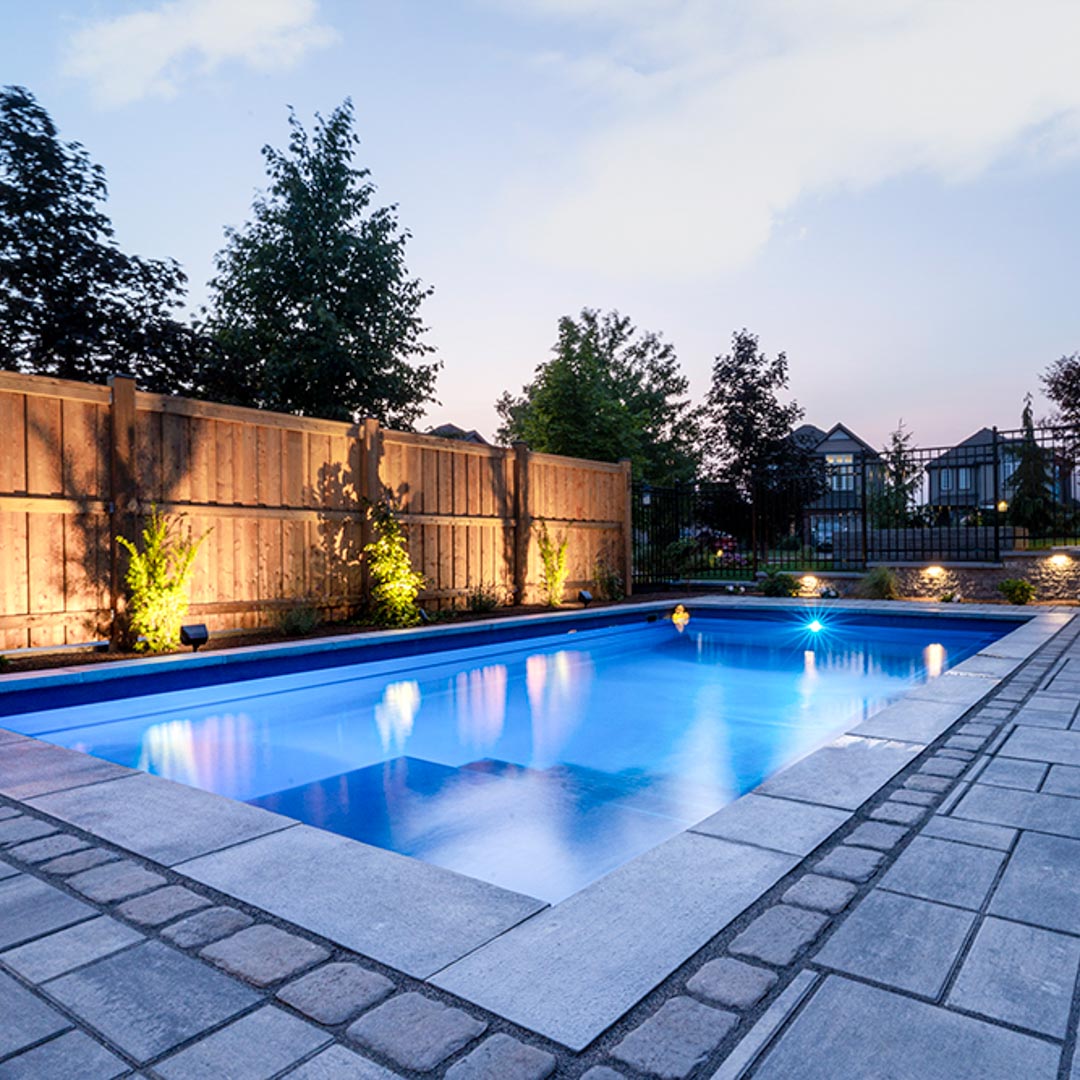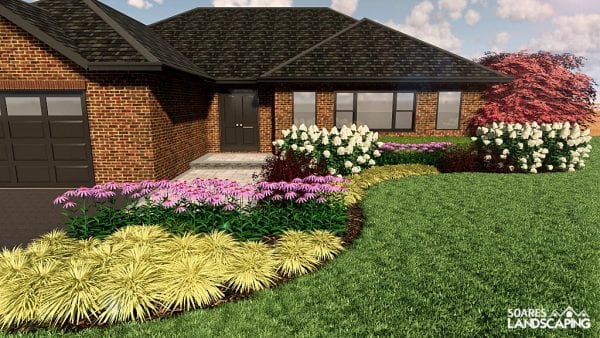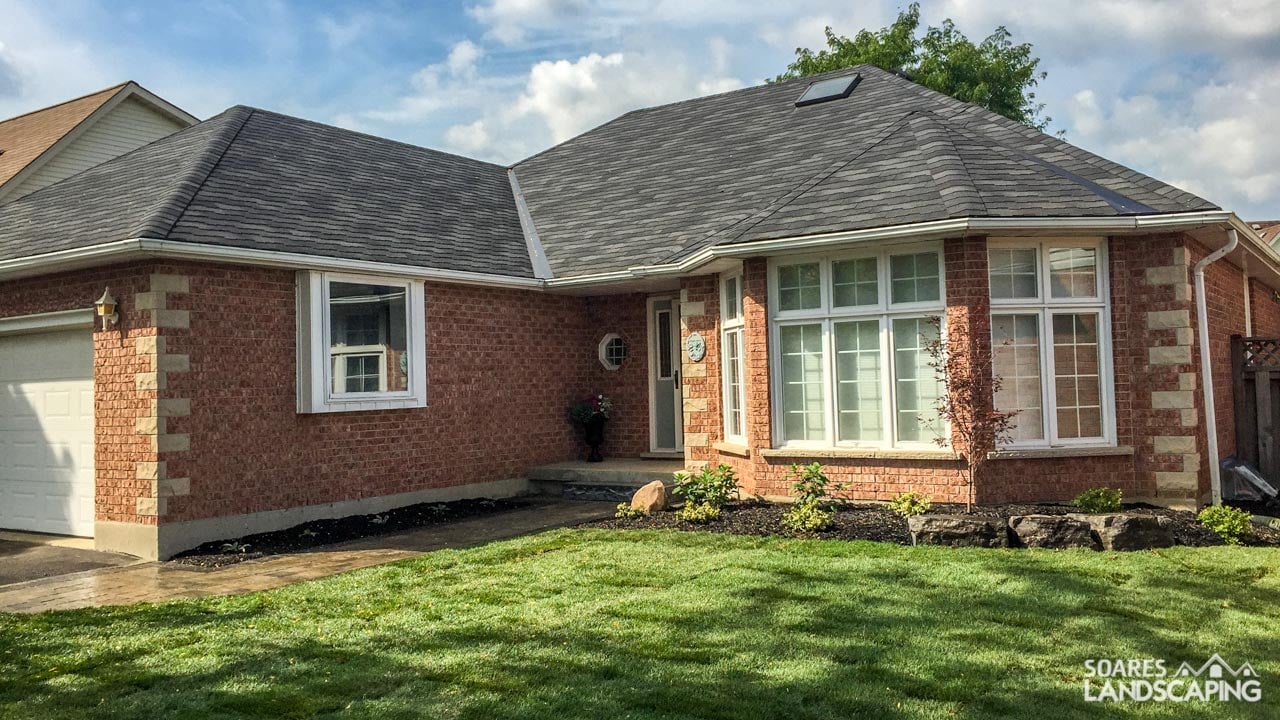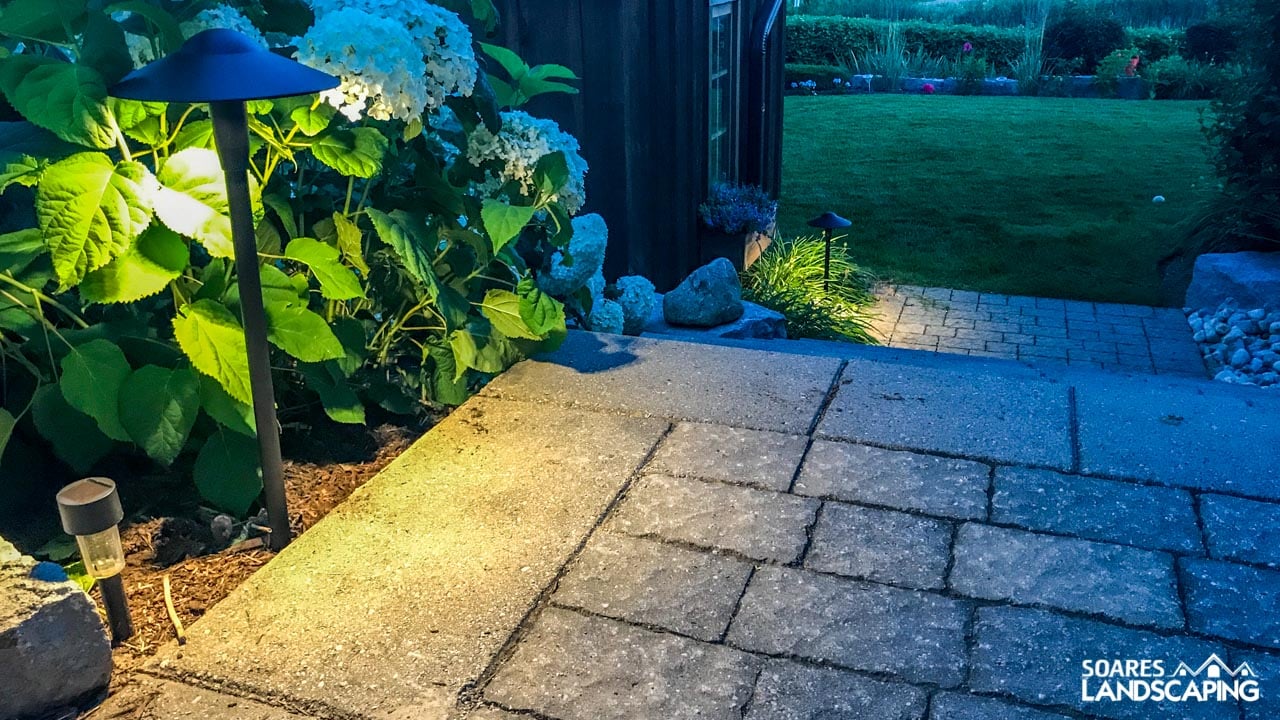A Guide to Landscaping Costs & Prices in 2024
- Resources
- Cost & Pricing Guide
One of the first questions potential clients ask when they call our company is: How much does landscaping cost in 2024?
As you can imagine, we could enter the black hole of information and never exit. However, I will do my best to explain some general guidelines.
Purchasing a landscape feature is similar to buying a car or computer. There are so many options, and prices can vary dramatically with each option.
Let’s take a new car as an example. A base model car will typically start at $20,000. Once you add a trim package, winter tire package and warranty care, you’ll find yourself at $30-$40,000 quickly.
The average car owner is more likely to upgrade their new base model vehicle or select a used vehicle with the upgrades. Why? Most people have enough experience driving to know that simple features in the car can make or break the experience. Compound the fact that most drivers spend a minimum of 30 minutes commuting each day, and you can name a million reasons why it’s a good idea to get the car you want.
These principles can easily apply to homeowners considering designing and building their dream landscaping.
With these ideas in mind, picking the right landscape features, the first time is critical to ensure maximum enjoyment with minimal maintenance. Most shoppers will allow a landscape designer to offer recommendations to get the project that will make them the happiest in the long term.
Unfortunately, some shoppers only focus on the initial price to select the cheapest contractor. They are sacrificing quality, design and warranty, inevitably leading to bitterness. And considering that unlike a vehicle, you cannot trade in your landscape. To make changes, you’d have to demolish and rebuild. This potentially costs three times as much.
Some of the most common landscape features are:
- Patios & walkways
- Outdoor lighting
- Gardens
- Fire pits
- Fireplaces
- Driveways
- Outdoor Kitchens
- Pergolas
- Pavillions
- Covered porches
- Decks
- Fences
- Irrigation
- Pools
- Hot tubs
- Swim spas
As you may notice, there are many options. When someone receives their completed landscape design from our company, we thoroughly assess each item to ensure the homeowner understands the benefits.
Areas We Serve
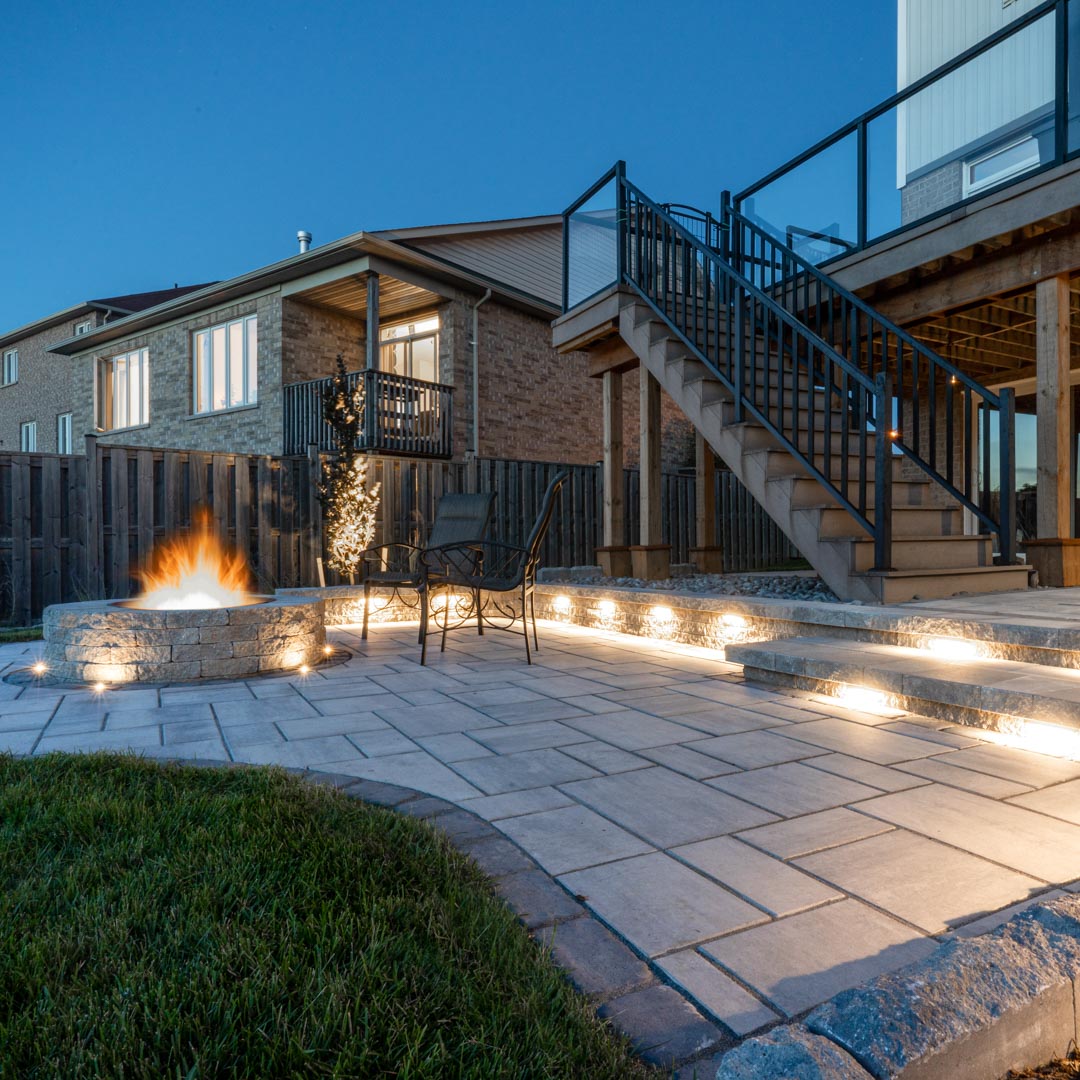
How much does landscaping cost in 2024?
The average price of a landscaping project is $25,000-$75,000.
How do materials affect the cost?
A misconception about landscaping is that material prices can vary significantly. Leading homeowners to believe they want the cheapest option. While there is undoubtedly a price difference between various landscape materials, the most significant factor is the difference in labour some materials require to install.
For example, installing a project in a backyard with no machine access can add 20-40% more labour time than in a yard with machine access. With labour affecting 60-80% of the total cost, this scenario alone could increase the price of your project.
Some of the best landscaping companies will have robust estimating systems that account for factors that affect the amount of labour required in a project.
How material choices compare to others
There are a few categories in the landscape space that have competing options. Here are a few of them and their differences:
Pavement
Asphalt: An inexpensive option for a driveway when there is no particular interest or design intent for something different. Typically only lasts about ten years. Similiar to asphalt roof shingles. An average two-car asphalt driveway will cost $3,000-$5,000.
Concrete: While brushed concrete (white sidewalk look), doesn’t have much aesthetic improvement than asphalt, its lifespan can last 20-30 years if maintained well. The same applies if you install coloured concrete instead.
Additionally, options such as exposed aggregate or stamped concrete are quite popular. Both of these options can be slippery when wet and aren’t recommended around pools or accessibility areas.
A word of caution towards stamped concrete, some homeowners have experienced issues with the colour at the surface wearing away within five years. Be prepared to clean and seal stamped concrete every 1-2 years for maximum protection.
Two downsides to concrete are the limited design options and the simple fact that concrete will eventually crack with no ability for repair (except in a few scenarios).
Pavers: The most versatile pavement, pavers have an enormous selection of sizes, shapes and colours available. There are many manufacturers of pavers, and there is something for everyone.
A downside to pavers is their expense. It can cost 60-90% more than concrete.
A significant benefit to pavers is that maintenance can be performed. Often the pavers themselves will have a lifetime warranty from the manufacturer, and if an area needs to be repaired, lift & relay that problem area.
Natural Stone: Do you want a natural feel? Natural stone is your option. Natural stone installed typically costs 5-10% more than its paver counterpart.
While there is no warranty on the natural stone itself, it is often incredibly dense and will be going nowhere.
Wood Decks: When it comes to raised areas, there is no better option than decks. Compared to a raised paver/stone patio, a deck will cut the budget in half.
A downside to wood decks is that they cannot be built below 24 inches off the ground as they are susceptible to high moisture levels that will degrade the wood over time.
In general, unless stained regularly, wood decks may only last approximately 15-20 years.
Composite Decks: The Mercedes of decks, composite offers wood feel without the organics that break down. They are often made out of recycled materials, and they have a great selection of colours available.
Compared to wood decks, composite will typically have a 25-50% price increase.
